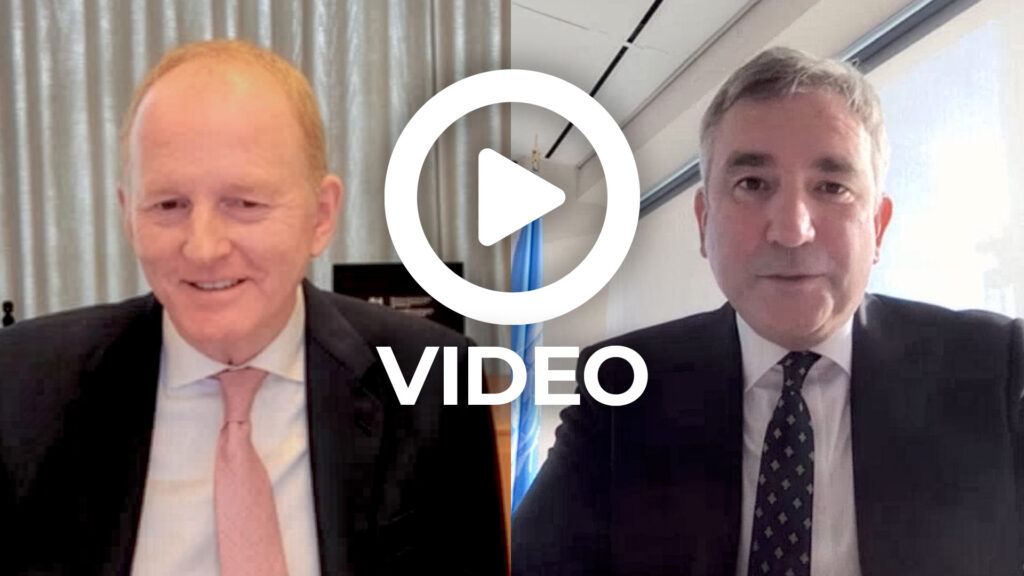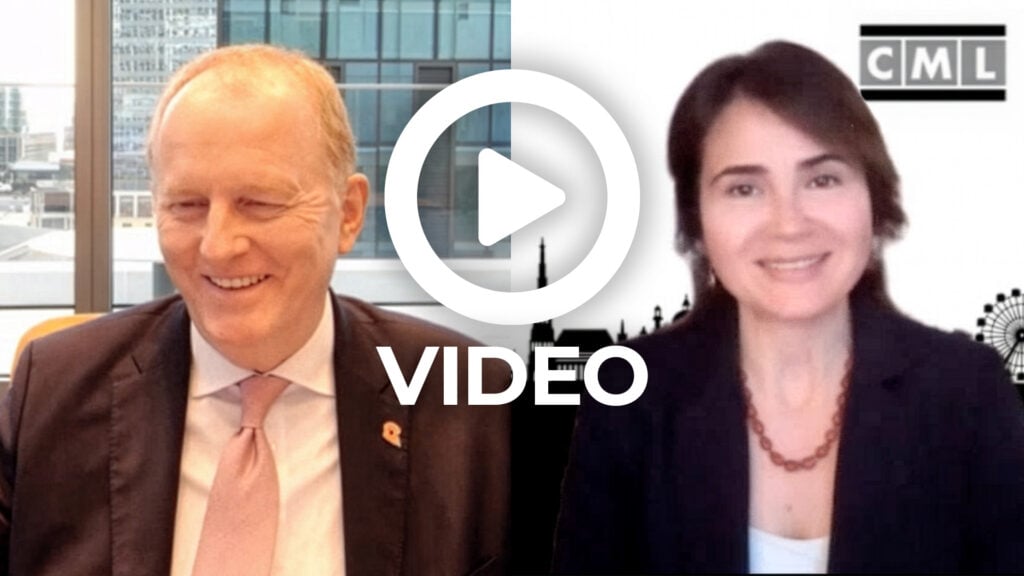
Proposals on reforms to the English Disclosure Pilot are announced
As you may have heard, the long-awaited proposed changes to the English Disclosure Pilot (Pilot) were published this month.
This briefing follows on from our Disclosure Pilot Client Guide 1, and highlights the key changes that are likely to impact the way in which we all conduct English disclosure, if and when the reforms are confirmed by the Civil Procedure Rules Committee (CPRC), hopefully at their meeting next month. We will publish a more detailed analysis once the changes are confirmed.
Background
The Disclosure Pilot came into force in January 2019, initially for a period of two years, with the aim of refining the disclosure process in the English Business and Property Courts (with certain exceptions, to include the Admiralty Court, Competition, and Shorter Trials), and has since been extended for another year and is now due to end in December 2021.
The introduction of the Pilot saw a complete overhaul of the English disclosure system, and followed feedback from the GC100 group. The objective being to prevent the increasing scope and costs of disclosure, and to try and adopt a new system designed for modern day litigation, for example by requiring the use of technology.
The Pilot in attempting to limit both had the best of intentions, however feedback on the new processes showed that not all of the measures were successful. In particular, and based on our experience, the following elements were not as helpful as perhaps intended:
- The scope of the search
It is a requirement under the Pilot that in conducting a search for documents under the process known as ‘Extended Disclosure’ that parties must contact ex-employees and third parties. It was however unclear as to when this might be required. Concerns were raised on the uncertainty around this and also the cost that would be incurred by needing to trace those no longer with the company, not to mention the difficulties that arise where the departure may not have been on the best of terms, or where there are issues of business sensitivity if the ex-employee is with a competitor. - Duties and responsibilities of the legal representative and the parties
The Pilot contains numerous express duties and responsibilities for both the legal representative and the parties- several are welcome, including those that advocate and support a more collaborative style of litigation, requiring the parties to work together in a number of areas. However, the feeling was that this had perhaps moved too far and in some instances was not practical- e.g. requiring legal representatives to confirm that their client had complied with their duties. - The level of detail required to be identified at a fairly early stage
The process under the Pilot requires parties to complete very detailed documents including, the Disclosure Review Document ( DRD) and the List of Issues for Disclosure, which whilst aimed at identifying the types of documents to be disclosed, as against the issues in the case, and so intended to help narrow the scope of disclosure, required significant involvement and detail- which was not always available at the time these needed to be completed.
The proposed reforms
The Working Group invited feedback on the Pilot and formalised this via Professor Rachael Mulheron’s survey 2, which formed the basis of her report that led to the proposed reforms.
The Working Group must be commended for their responsiveness and adaptability in developing the Pilot to provide a more workable system, which keeps the disclosure process as narrow as possible, whilst providing parties with confidence in the process.
- Redline tracked changes to PD51U3
- Redline – Revised Appendix 2 to PD51U (DRD) Sept 2020 (Final)4
- Redline – Revised Appendix 2 to PD51U (Explanatory notes for DRD) Sept 2020 (Final)5
We set out below the changes that we think are key to the success of the Pilot, and which do largely address the concerns that we and many have on the current version of the Pilot:
- clarification of when ‘known adverse’ documents need to be disclosed – this will resolve the uncertainty, which has led to disputes between the parties;
- limiting the duty to contact employees and former employees to where there are reasonable grounds for believingthey may be in possession of disclosable documents;
- a requirement that lawyers now need only confirm on behalf of their client that document preservation duties have been complied with;
- the reforms propose several changes to the DRD, to include:
- confirmation that the DRD may be adapted as needed depending on the case, and so not requiring the whole document to be completed in all cases
- guidance on when and how best to use Model C Disclosure requests
- the need for Lists of Issues for Disclosure to only be required where search-based Extended Disclosure Models C, D or E are sought;
- ability of the parties to seek clarity, or resolve issues using Disclosure Guidance Hearings; and
- ability of the parties to agree to dispense with Initial Disclosure Lists of Documents
In our view these are to be welcomed and will go a long way to making the disclosure system in the English Courts even more streamlined and cost effective.
As mentioned we will publish an analysis of the reforms once they are confirmed, please do let us know if this would be of interest.
For more information, please contact the authors of this briefing:
Damian Honey
Partner, London
T +44 (0)20 7264 8354
M +44 (0)7976 916412
E damian.honey@hfw.com
Nicola Gare
Professional Support Lawyer – Dispute Resolution, London
T +44 (0)20 7264 8158
M +44 (0)7795 612270
E nicola.gare@hfw.com
Footnotes
- https://www.hfw.com/downloads/00942-HFW-Client-Guide-Disclosure-Pilot.pdf
- https://www.qmul.ac.uk/law/research/impact/discmon
- https://www.judiciary.uk/wp-content/uploads/2020/09/Redline-revised-PD51U-15-Sept-2020-Final-PDF47732928v1.pdf
- https://www.judiciary.uk/wp-content/uploads/2020/09/Redline-Revised-Appendix-2-to-PD51U-DRD-Sept-2020-Final47733110v1-1.pdf
- https://www.judiciary.uk/wp-content/uploads/2020/09/Redline-Revised-Appendix-2-to-PD51U-Explanatory-notes-for-DRD-Sept-2020-Final-PDF47733320v1.pdf
Download a PDF version of ‘Proposals on reforms to the English Disclosure Pilot are announced’










